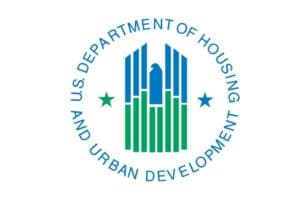This Guide was created as part of the Energy Efficiency For All Project, a joint effort of the Natural Resources Defense Council,
the National Housing Trust, the Energy Foundation, and Elevate Energy.
Electric and gas utilities in the U.S. invest billions of dollars annually to help their customers become more energy efficient, often by making repairs and improvements to customers’ homes and buildings. These investments are smart—they improve lives by reducing energy expenses, create healthier, more comfortable houses and offices, and improve community building stock. The resulting energy efficiency produces a better utility system with less pollution, creates local jobs, and delivers other public benefits.
Yet studies show vast amounts of cost-effective efficiency potential available in our nation’s affordable housing, in multifamily affordable housing (MFAH) in particular. In other words, a lot of the energy delivered to affordable housing is wasted—it simply goes out the windows or up the chimney.
The good news is that our research—presented in this guide—strongly suggests that well-designed efficiency programs can indeed reach MFAH and can enable utilities to capture cost-effective efficiency potential. Program experience offers many useful and encouraging lessons
about how to reach affordable housing in ways that will benefit the utility, the building owner, the residents, and the community at large.
This guide is intended to explain specific best practices to efficiency program professionals: program designers and administrators, utility staff, regulators, and other stakeholders. We provide 12 specific and proven strategies for utilities to help owners invest to improve MFAH in
their communities.
